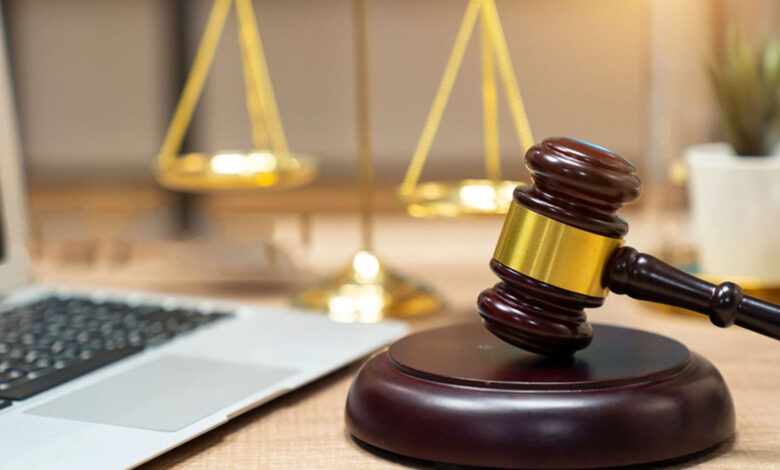ImpACT International | Strategic Litigation: How Courtrooms Become Catalysts Using Litigation to Uphold Rights

Credit: openglobalrights.org
Strategic litigation, also known as impact litigation, has long been a vital tool in driving significant legal and social reforms. This form of legal action is not merely about resolving individual disputes; it aims to create precedent-setting decisions that influence public policy, protect human rights, and ensure justice at a systemic level. The core idea behind strategic litigation is the power of the judiciary to act as a catalyst for change by holding governments, organizations, and individuals accountable in ways that ripple beyond a single case.
Understanding Strategic Litigation and Its Purpose
At its heart, strategic litigation serves a dual purpose. On one hand, it provides immediate relief or justice to the parties involved. On the other, it seeks broader, long-term changes in law or policy by setting legal precedents. This is particularly important in areas where legislative or executive branches have been slow or unwilling to act. Courts, in this context, become arenas where marginalized or vulnerable populations can assert their rights, and where legal principles can be clarified and expanded.
The power of strategic litigation lies in its ability to transform individual grievances into collective progress. By framing a case around a broader social or legal issue rather than just personal stakes, litigants and their advocates can push courts to interpret laws more expansively or challenge unjust practices. This approach has been central to many landmark cases that have reshaped civil rights, environmental law, labor standards, and more.
The Impact of Landmark Cases in Shaping Policy and Society
Historical examples illustrate the profound effects of strategic litigation. Cases like Brown v. Board of Education in the United States dismantled segregation in public schools and marked a pivotal moment in civil rights history. This case exemplifies how the judiciary can challenge systemic injustice and reinforce constitutional protections. Such landmark decisions affirm “the powerful history of landmark cases” as fundamental to social progress.
Similarly, strategic litigation has played a crucial role in advancing environmental protections. By taking polluters or regulatory bodies to court, activists have secured rulings that compel changes in legislation or enforcement practices. These successes highlight how “stories of legal cases that change policy underscore actionable change”, reinforcing the role of courts as venues for enacting tangible improvements in public welfare.
Litigation as an Avenue to Uphold Rights
When formal political mechanisms fail to protect rights adequately, or when governments delay addressing urgent issues, strategic litigation provides an alternative path. It can challenge discriminatory laws, safeguard the environment, protect workers’ rights, and uphold freedoms of speech and assembly. Through carefully chosen cases, lawyers and organizations can demonstrate unconstitutional conduct or legal gaps and urge courts to rectify them.
For example, human rights organizations often bring cases that expose violations and seek judicial remedies. Courts thus become “catalysts—using litigation to uphold rights”, giving marginalized populations a voice when legislative channels are inaccessible or unresponsive. Strategic litigation can also pressure governments to reform flawed legal frameworks or improve policy implementation.
The Strategy and Selection of Cases in Strategic Litigation
Not every legal case qualifies as strategic litigation. Selecting cases strategically requires careful consideration of various factors. Advocates must assess the potential to set precedent, the broader public interest, the likelihood of winning, and the possibility of gaining media attention or political support.
A well-chosen strategic litigation case often involves clear legal questions with the potential to influence wider policy or social norms. Importantly, it also requires expert legal advocacy and public interest alignment to ensure the issues resonate beyond the courtroom. By doing so, litigation becomes a deliberate tool, not just a reactive measure, highlighting how courts function as dynamic arenas for social change.
Challenges and Criticisms of Strategic Litigation
Despite its potential, strategic litigation is not without challenges. The legal process can be slow and costly, and favorable rulings may face resistance or ineffective enforcement. Critics argue that courts working outside democratic processes may lack legitimacy or accountability, and judicial decisions alone cannot fully resolve deep-seated societal issues.
However, proponents contend that strategic litigation complements democratic advocacy by pushing change where political processes stall.
“Stories of legal cases that change policy underscore actionable change”
illustrate that despite limitations, strategic litigation has proven indispensable in advancing civil liberties and social justice globally.
The Future of Strategic Litigation: Adapting to Contemporary Challenges
In an era marked by complex global problems such as climate change, digital rights, and systemic inequality, strategic litigation continues to evolve. New legal fronts are opening, including lawsuits against corporations for human rights violations or governments for failing to meet climate commitments. These cases reflect the adaptive nature of strategic litigation in addressing emerging issues.
Organizations and legal advocates increasingly leverage international courts and tribunals alongside domestic courts to maximize impact. This further underscores the idea that courtrooms remain powerful catalysts—using litigation to uphold rights amid changing social and political landscapes.
The Enduring Power of Courtroom Catalysts
Strategic litigation remains a critical and dynamic mechanism for driving social, legal, and policy change. Through carefully selected landmark cases, it transforms individual claims into broader movements for justice and reform. The history and continued relevance of these legal battles show how “courtrooms become catalysts—using litigation to uphold rights,” illustrating a powerful method for societies to reaffirm values, challenge injustice, and implement actionable change across sectors.
As legal frameworks face new challenges globally, the strategic use of litigation is poised to remain an essential instrument in the toolkit of rights defenders, policy reformers, and social justice advocates. Its enduring legacy demonstrates the promise of the judiciary, not only as an arbiter of disputes but as a proactive driver for a fairer and more equitable society.
Source link




